Space industry warned to prepare for impact from lurking recession
Monday, 11 July 2022 16:49
ULA's CEO Tory Bruno said: “I think we're really looking at a sea state change."
The post Space industry warned to prepare for impact from lurking recession appeared first on SpaceNews.
No damage to Relativity Space rocket at Cape Canaveral from fire at launch site, CEO says
Monday, 11 July 2022 16:47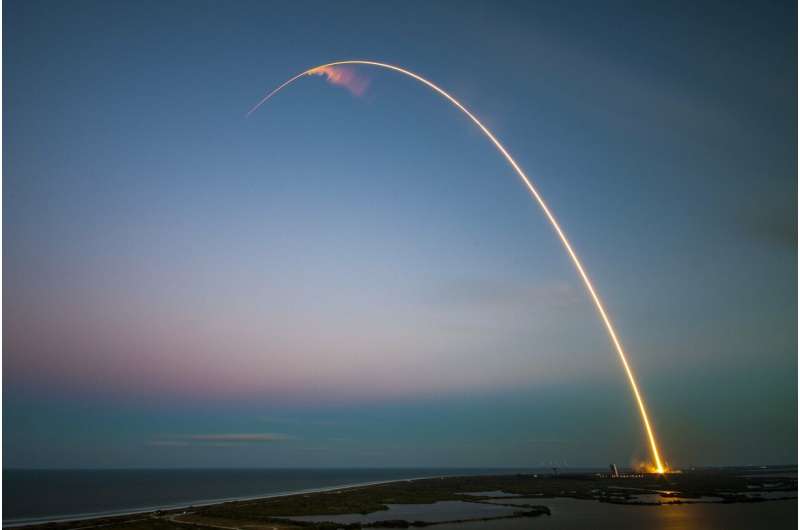
New rocket company Relativity Space is gearing up for its first ever launch testing its Terran 1 rocket at Cape Canaveral Space Force Station, and a fire spotted at the launch site prompted its CEO to reassure people the rocket was fine.
Images posted of flames and smoke rising from Launch Complex 16 by media outlet Talk of Titusville on Twitter had Relativity cofounder and CEO Tim Ellis commenting the rocket was well, and the launch pad damage was minimal.
"This grass fire was outside the rocket, from methane flare stack," Ellis said. "The team and rocket are all safe, and minimal to no pad damage either. Mostly grass."
Relativity's 3D printed rocket arrived to from its factory in Long Beach, California, to the Space Coast last month prepping for a mission dubbed "GLHF," as in "Good Luck, Have Fun," which won't be carrying any customer payloads, but will aim to prove it can perform for future missions when it attempts lift off later this year. A target launch date has not been determined, but earlier company statements said it was targeting before the end of summer.
How scientist applied the recommendation algorithm to anticipate CMEs' arrival times
Monday, 11 July 2022 15:44
Coronal mass ejections (CMEs) are eruptive solar events. They are often associated with solar flares and filaments. CMEs can cause space weather events such as geomagnetic storms, high energy electron storms, hot plasma injection, ionospheric storms, and increased density in the upper atmosphere.
Large CME events can impact communications, navigation systems, aviation activities, and even power grids.
Excitement builds as Biden to release first image from Webb telescope
Monday, 11 July 2022 14:24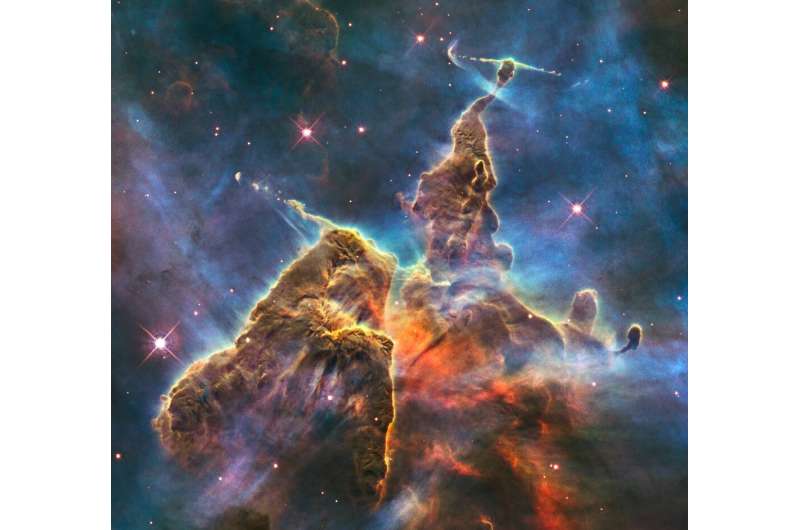
US President Joe Biden will Monday release one of the first images taken by the James Webb Space Telescope, the most powerful observatory ever sent into orbit and a leap forward in uncovering the secrets of the distant universe.
The unveiling will take place at 5:00 pm (2100 GMT) during a livestreamed event at the White House, official statements said, leaving the space community in a state of keen anticipation.
NASA revealed last week Webb's first targets included distant galaxies, bright nebulae and a faraway giant gas planet.
There's another chance to catch a supermoon on Wednesday
Monday, 11 July 2022 14:21
EXPLAINER: When is Manhattanhenge? Where can you see it?
Monday, 11 July 2022 14:06
Vega-C: Stacked and ready to launch
Monday, 11 July 2022 14:00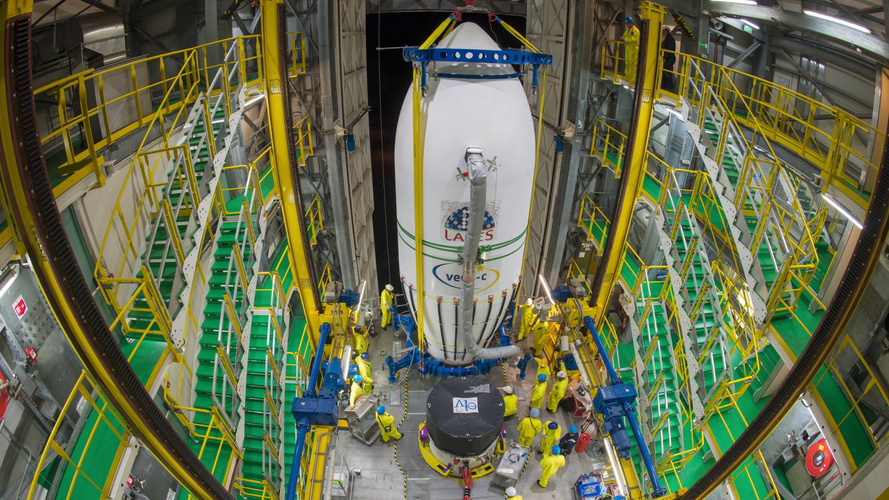 Video:
00:01:48
Video:
00:01:48
ESA’s newest launcher stands nearly 35m tall when its four stages and payload are fully stacked. For its inaugural flight, VV21, the main payload is LARES-2, a scientific mission of the Italian space agency, ASI.
T - 2 days to inaugural Vega-C launch: watch it live
Monday, 11 July 2022 13:52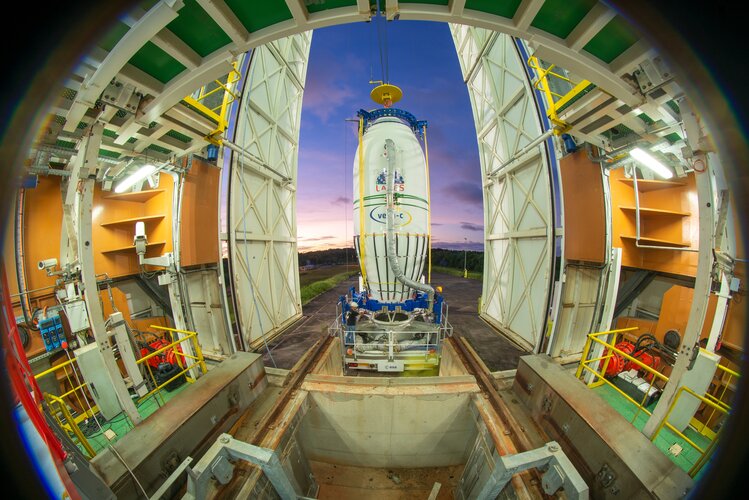
ESA’s new Vega-C rocket is nearly ready for its inaugural flight. You can follow live on ESA Web TV. Flight VV21 will lift off as soon as 13 July at 13:13 CEST, pending suitable conditions for launch.
Broadcast begins 12:45 CEST/11:45 BST on ESA Web TV
13:13 CEST/12:13 BST – liftoff
NASA's head warned that China may try to claim the moon. Two space scholars explain why that's unlikely to happen
Monday, 11 July 2022 12:55
NASA Administrator Bill Nelson recently expressed concerns over China's aims in space, and in particular, that China would, in some way, claim ownership over the moon and stop other countries from exploring it. In an interview with a German newspaper, Nelson cautioned, "We must be very concerned that China is landing on the moon and saying: "It's ours now and you stay out." China immediately denounced the claims as a "lie."
This spat between the administrator of NASA and Chinese government officials comes at a time when both nations are actively working on missions to the moon—and China has not been shy about its lunar aspirations.
In 2019, China became the first country to land a spacecraft on the far side of the moon.
Department of Homeland Security publishes space policy
Monday, 11 July 2022 10:27
The Department of Homeland Security (DHS) has published an updated space policy that emphasizes its roles in cybersecurity and resilience.
The post Department of Homeland Security publishes space policy appeared first on SpaceNews.
James Webb Space Telescope opens its eyes on the Universe
Monday, 11 July 2022 08:55 Space enthusiasts are holding their breath.
The James Webb Space Telescope, the most powerful ever sent into orbit, is set Tuesday to unveil breathtaking new views of the Universe with a clarity that's never been seen before.
Distant galaxies, bright nebulae and a faraway giant gas planet are among the observatory's first targets, US space agency NASA said Friday.
But the images them
Space enthusiasts are holding their breath.
The James Webb Space Telescope, the most powerful ever sent into orbit, is set Tuesday to unveil breathtaking new views of the Universe with a clarity that's never been seen before.
Distant galaxies, bright nebulae and a faraway giant gas planet are among the observatory's first targets, US space agency NASA said Friday.
But the images them NASA reveals Webb telescope's first cosmic targets
Monday, 11 July 2022 08:55 NASA said Friday the first cosmic images from the James Webb Space Telescope will include unprecedented views of distant galaxies, bright nebulae, and a faraway giant gas planet.
The US, European and Canadian space agencies are gearing up for a big reveal on July 12 of early observations by the $10 billion observatory, the successor to Hubble that is set to reveal new insights into the origi
NASA said Friday the first cosmic images from the James Webb Space Telescope will include unprecedented views of distant galaxies, bright nebulae, and a faraway giant gas planet.
The US, European and Canadian space agencies are gearing up for a big reveal on July 12 of early observations by the $10 billion observatory, the successor to Hubble that is set to reveal new insights into the origi Let's go to Mars
Monday, 11 July 2022 08:55 Sending humans to Mars has been a dream of scientists and a large part of the population ever since Nicolaus Copernicus first postulated that it was a planet, about 500 years ago. Even before that first Soviet satellite, Sputnik 1, was sent into orbit some 64 years ago, a mission to Mars has been the subject of many science fiction articles and books. Over the past half-century technological adv
Sending humans to Mars has been a dream of scientists and a large part of the population ever since Nicolaus Copernicus first postulated that it was a planet, about 500 years ago. Even before that first Soviet satellite, Sputnik 1, was sent into orbit some 64 years ago, a mission to Mars has been the subject of many science fiction articles and books. Over the past half-century technological adv NASA Helps Decipher How Some Distant Planets Have Clouds of Sand
Monday, 11 July 2022 08:55 A new study using archival observations by the now-retired Spitzer Space Telescope found a common trait among distant worlds where the exotic clouds form.
Most clouds on Earth are made of water, but beyond our planet they come in many chemical varieties. The top of Jupiter's atmosphere, for example, is blanketed in yellow-hued clouds made of ammonia and ammonium hydrosulfide. And on worlds
A new study using archival observations by the now-retired Spitzer Space Telescope found a common trait among distant worlds where the exotic clouds form.
Most clouds on Earth are made of water, but beyond our planet they come in many chemical varieties. The top of Jupiter's atmosphere, for example, is blanketed in yellow-hued clouds made of ammonia and ammonium hydrosulfide. And on worlds To Sicily and beyond: ESA, partners debate future of space transportation
Monday, 11 July 2022 08:25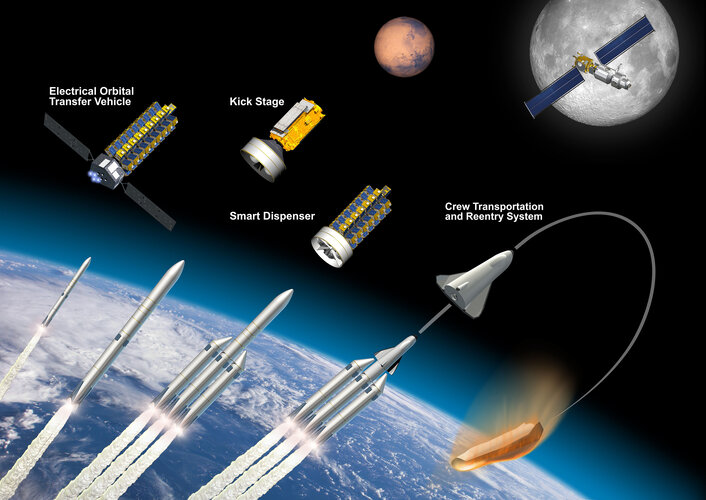
How can Europe exploit its technical, industrial and financial strengths to ensure it remains a leader in space transportation in the 2030s and beyond? How can ESA, Europe’s national space agencies and institutions, and both established and new industrial partners better co-ordinate their efforts to meet global competition that demands innovation and cost-reduction?
These were just a few of the questions discussed during an ESA-hosted roundtable conference held on 27-28 June in Palermo, Sicily. The event, called “Shared Vision for the Future of Space Transportation in Europe”, saw more than 100 representatives of Europe’s space sector discuss the technical and
